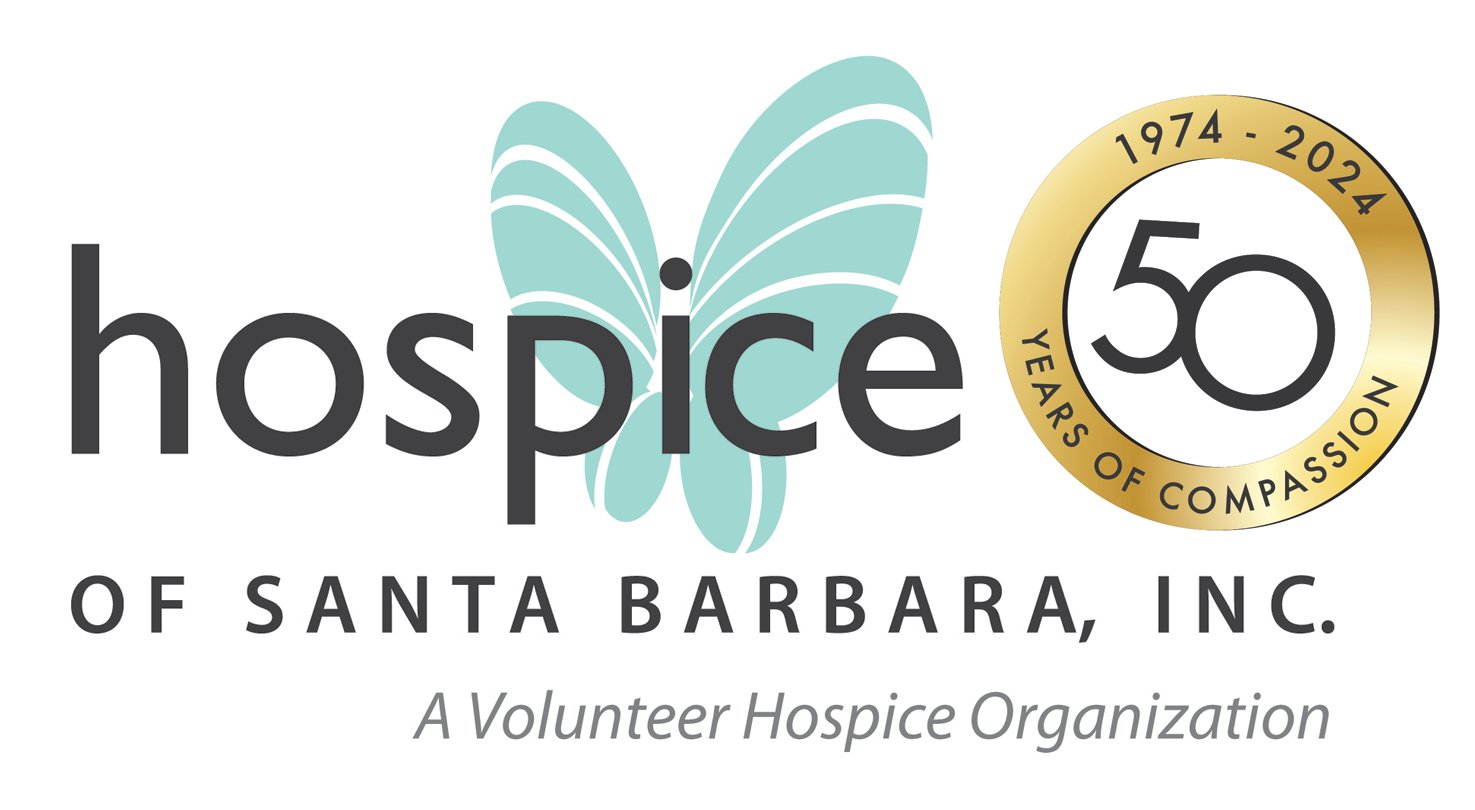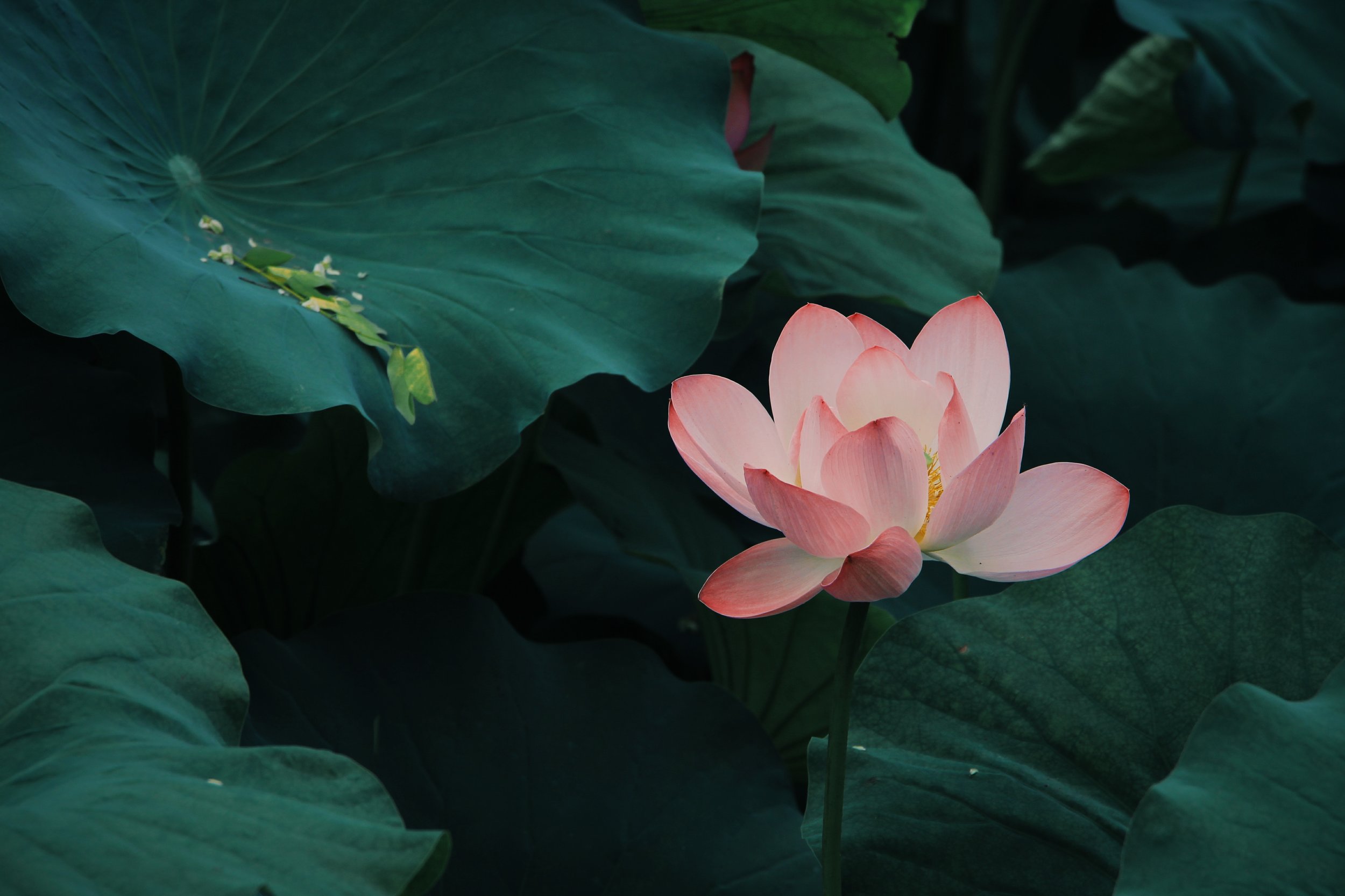Minnie was a tiny, gray, and crippled, old Southern woman, An eighty-year-old shut-in living in an apartment in the middle of Isla Vista, A town filled with young, impressionable minds taking in knowledge, open mouths imbibing beer, and immortally blonde, taut, tanned bodies riding to and fro on a well-worn path, past Minnie’s apartment, to campus and home again.
I took care of Minnie on Mondays and Fridays— it was only a job while I attended school And, at that time, a job was all it really meant to me. I dusted her house, fed her a meal, and watered her plants. On her “good days,” she would tell me stories about her youth and her cataract-thickened eyes would smile, gleam and dance as though she were seventeen again and still being courted.
Her best friend was a young, divorced black man, who went to church every Sunday, a church, he told me, that “didn’t ordain black men as priests.” He was the only human being, other than I, who conversed with Minnie. And I think she was secretly in love with him, for she described him as “that handsome creature” and called him, occasionally, by her husband’s name— the name of a man who had died twenty years before I met her.
I thought of Minnie living in her dusty, enclosed and rented space— the vision of a muscular young lover with skin like dark honey--her sole company, and I realized it was for this dream that an old, Southern belle awakened each morning, moving her glazed, rheumy eyes and arthritically twisted torso toward the narrow streams of sunlight that flooded her half-lidded windowpanes.
Although Minnie is long gone now, her laughter all but faded from my memory, It is her plants I picture still— tucked away in a corner of her apartment as Minnie was tucked away in the corner of a burgeoning student ghetto. There on her cluttered, formica kitchen table near a tiny, attic-style window Minnie had planted her cactus garden. A cluster of succulents resided there in brown, plastic pots – spilling over the table on all sides—so many that the miserly light from that dust-covered window could barely accommodate all.
I never much liked cactus, but there was one, oddly-shaped, that captured my undivided attention. Shoved in a claustrophobic, dingy, and cobwebbed corner, this member of Minnie’s menagerie hadn’t nearly the photosynthetic opportunities so generously granted to those whose luck or fate had given them a spot in the sunlight.
In fact, it seemed that his heartier, spinier competitors—in their efforts to gain satisfaction—
had shoved this poor fellow into his trench of dust, cobwebs and debris, hoping he might disappear altogether–yet this cactus had survived.
In his genuine desire to live and to grow, he had strained toward available light, developing malformed bumps, odd protrusions, and disturbing bends in places where like his peers he might have been tall, sleek, cylindrical and even statuesque.
I remember the first time I saw him, I felt repulsed at the sight of him But I had the distinct desire—upon watering him—to place him in the light, To shift one of his more fortunate brothers to that dark, cavernous area of the table where he had so long endured, uncared-for and ignored.
Ill-fated though he was, I came to love that timid, spiny, misshapen dwarf of a plant, and I never moved him from his original place in the shadows, for I discovered that he had developed a “terrible beauty”1 living there— that those bumps, protrusions and bends all were a part of his own unnatural liberty.
I perceived that a forced migration to a brighter climate would have robbed him of a poverty which had nourished rather than killed the spirit that fed from it.
Minnie gave me that cactus as a present just before she died. He was never able to live long in the bright streams of sunlight that poured into my open room,
But the gift of him taught me to cherish the many bumps, protrusions, and bends that have formed my own path in life—a path forged without a father’s guidance or the strength of a mother’s calloused hand to pull me out of the cavernous darkness.
It is an oddly marked path among a cluster of well-worn others whose predictable curves seem—at least to me—much the same. But I have found my place in the light; and I have survived there, knowing that the way I have made is all the more beautiful for the poverty that nourished its own unnatural liberty.
When I have the freedom to dream nowadays, I think of that perished cactus that I used to tend in darkness; I stand, carefully arranging that dusty corner of Minnie’s kitchen garden, while in the background, I hear the energetic whiz of bicycle wheels still blazing a path toward the demanding clang of university bells; and I feel—in the depths of my belly—the echoing, liberated laugh of a seventeen-year-old Southern girl.
* By Noelle Clearwater (1995)


